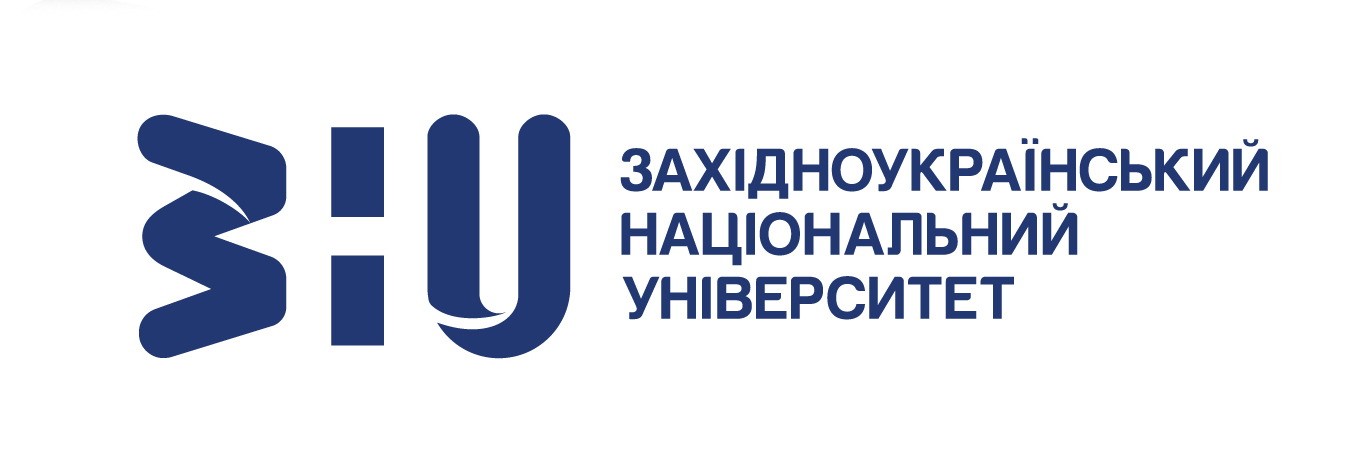PROBLEMS OF RETRO-FORECASTS OF ECONOMIC INDICATORS BASED ON NEURAL NETWORKS
DOI:
https://doi.org/10.35774/sf2022.01.076Keywords:
neural network, machine learning, economic indicators, retro-forecasting, economic and mathematical modeling, PROP and RPROP algorithmsAbstract
Introduction. TThe difficult economic situation in Ukraine, the state of emergency, the war and the consequences of the destruction of critical infrastructure have significantly increased the value of economic and mathematical forecasting tools based on neural networks and their tuning capabilities, is improved.
The purpose of the article is to analyze and study the potential and formal aspects of the application of neurocomputer methods of economic forecasting and tools to support retro-forecasts of economic indicators.
Results. The success of economic decisions (strategic and tactical) in one way or another depends on the quality of analytics and the efficiency of the operational apparatus of decision-making. Even if a rigorous algorithmic approach is difficult or impossible and it is fundamentally impossible to get the right solution, there are effective methods and tools for solving economic problems, an important place among which is forecasting. Just in recent years there has been a breakthrough in the theory and practice of economics and mathematics, many organizations have begun to actively use neural networks in forecasting. Such neural networks can identify patterns by which they generate recommendations for action, they can study and summarize past experiences to improve their own level of performance and calculate forecasts. Neural network methodologies in general and neuro-forecasting in particular belong to the family of machine learning technologies. The specifics of solving the problem of machine learning in forecasting differs from other methods designed for the formation and use of predictions. Possibilities of accumulation and improvement of experience, formation and adaptation of neural network architecture to specifics of forecasting tasks, wide possibilities of application of retro-forecasting methods for improvement of characteristics of adjustment of neural models for forecasts, availability of flexible mechanisms of parameterization and optimization of algorithmic providing forecasting in economic research. Machine learning today is a field of scientific knowledge that is developing rapidly and deals with algorithms capable of learning and developing, which distinguishes this field of research from many others and makes it, at the same time focused on implementation practice, including forecasting. The need to use machine learning methods is due to the fact that for many complex – “intelligent” – tasks (eg, construction and improvement of predictive models) is very difficult (or even impossible) to develop an “explicit” algorithm for solving them, but often you can teach a computer to learn solving these problems with the help of neural networks and retro-forecasting technologies.
Conclusions. The formalization of the integrated representation of the neural network for forecasting in the form of activation functions with the definition of conditions for their use in machine learning algorithms, taking into account the specifics of the refined settings of retro-predicted neural models of economic indicators. Demonstrated by the example of retro-forecasting for the simplest neural network (4-2-3-1), when the choice of machine learning algorithm (between PROP and RPROP) is achieved more than twice the effect of improving the quality of the forecast model.
References
Burleiev, O. L., Vasylenko, O. O., Ivanenko, R. M. (2021). Efektyvnist vykorystannia shtuchnykh neironnykh merezh v ekonomitsi [Efficiency of using artificial neural networks in economics]. Ekonomika ta suspilstvo – Economy and Society, 3. Available at: https://economyandsociety.in.ua/index.php/journal/article/view/694/667.
Vplyv na ekonomiku i suspilstvo [Impact on the economy and society]. Available at: http://wdc.org.ua/uk/node/190016.
Grigorieva, D. R. Primenenie paketa statistica dlia analiza i prognozirovaniya yekonomicheskih pokazateley predpriiatiya [Application of the statistica package for the analysis and forecasting of the economic indicators of the enterprise]. Available at: https://kpfu.ru/portal/docs/F2101409340/Grigoreva.pdf.
Karpa, D. M., Tsmots, I. H., Opotiak, Yu. V. (2018). Neiromerezhevi zasoby prohnozuvannia spozhyvannia enerhoresursiv [Neural network tools for forecasting energy consumption]. Naukovyi visnyk NLTU Ukrainy – Scientific Bulletin of UNFU, 28(5), 140–146. https://doi.org/10.15421/40280529.
Lesna, M. S., Minakov, A. H. Efektyvnist vykorystannia neiromerezhevykh dlia prohnozuvannia rukhu tsin aktsiy, kompaniy na rynku [The effectiveness of the use of neural networks to predict the movement of stock prices, companies in the market]. Available at: https://nauka-online.com/ua/publications/informatsionnye-tehnologii/2019/6/efektivnist-vikoristannya-nejromerezhevih-modelejdlya-prognozuvannya-ruhu-tsin-aktsij-kompanijna-rinku/.
Maksimova, O. M., Stiopina, E. N. Ispolzovanie neyronnyh setey dlia resheniia zadach stroitelnoy mehaniki [Using neural networks to solve structural mechanics problems]. Available at: https://core.ac.uk/download/pdf/38644194.pdf/.
Naumenko, V. A. (2019). Primenenie neyronnyh setey dlia resheniia prakticheskih zadach v yekonomike [Application of neural networks for solving practical problems in economics]. Vektor ekonomiki – Vector Economy, 10, 1–12 [in Russian].
Rudenko, O. H., Bezsonov, O. O., Romanyuk, O. S. (2019). Neiromerezheve prohnozuvannia chasovykh riadiv na osnovi bahatosharovoho perseptrona [Neural network time series prediction based on a multilayer perceptron]. Development Management, 1, 23–34 (Vol.5). Available at: http://dx.doi.org/10.21511/dm.5(1).2019.03
Izonin, I., Gregus, M., Tkachenko, R., Tkachenko, P., Kryvinska, N., Vitynskyi, P. (2019). Committee of SGTM Neural-Like Structures with RBF kernel for Insurance Cost Prediction Task. IEEE 2nd Ukraine Conference on Electrical and Computer Engineering, 1037–1040. https://doi.org/10.1007/978-3-030-27192-3_21.
Tkachenko, R., Tkachenko, P., Izonin, I., Vitynskyi, P., Kryvinska, N., Tsymbal, Yu. (2019). Committee of the combined RBF-SGTM neurallike structures for prediction tasks. Lecture Notes in Computer Science, 11673, 267–277. https://doi.org/10.1007/978-3-030-27192-3.
Van Veen, F., Leijnen, S. (2019). The Neural Network Zoo. Available at: https://www.asimovinstitute.org/neural-network-zoo.


